| << Chapter < Page | Chapter >> Page > |
YOUR OWN PACKAGING
Activity 1
To make your own container for breakfast food [LO 1.1 – 1.9, 2.1]
There are different ways to work with paper and carton:
| | Cut | | Bind |
You will need the following
Pen / pencil
Carton
Sticky tape
Flat, open paper bag
Scissors
Glue
Ruler

1. Cut
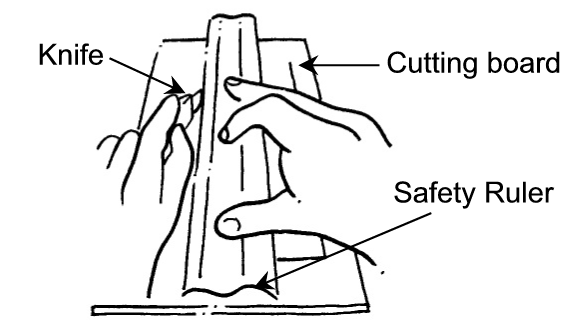
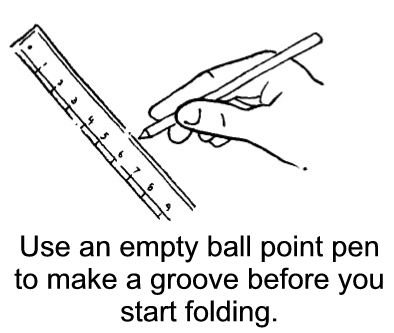
2. Bind

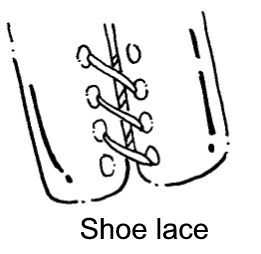


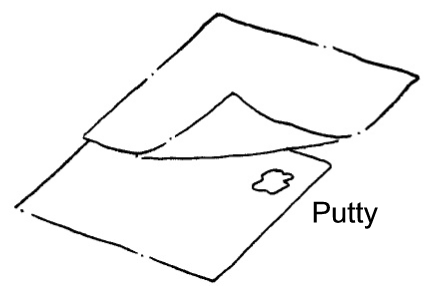

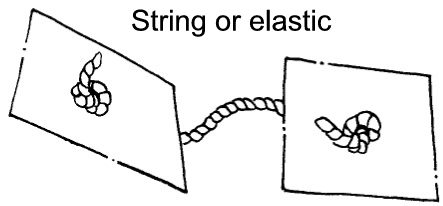
Now you are going to learn how to fold your carton / paper.
Activity 2
To explain the main steps how to fold the breakfast cereal container [LO 1.7, 1.8, 1.9]
3. FOLD
How to fold/shape an existing container:
Find a used container.
Find the places where the parts were glued together.
Do not cut loose.
Pull carefully to loosen the glued parts.
Open the container wide.
Use it to trace.

4. Also read the most important steps that have to be followed.
| STEPS | CHECKLIST: |
| Place the flat, open container on the carton and trace accurately. Cut out the traced shape. We call it the net. Fold the net. Glue/paste it together. | Meticulous?Precise?Neat?Sturdy? |
Study the illustrations that explain the above-mentioned steps.
1. Draw a net on graph paper.




5. Use a ruler to fold the lines.

6. Paste the parts of your container together.

This container will later be used for something special.
SAFE-KEEP IT!
Assessment
LEARNING OUTCOME 1: Technological Processes and Skills
The learner will be able to apply technological processes and skills ethically and responsibly using appropriate information and communication technologies.
Assessment Standard
We know this when the learner:
1.1 finds out, with assistance, about the background context (e.g. people, environment) when given a problem, need or opportunity;
1.2 finds out about existing products relevant to a problem, need or opportunity, and identifies the main design aspect (e.g. who it is for, what is it for, what it looks like) that make them suitable as a solution;
1.3 performs, where appropriate, scientific investigations about concepts relevant to a problem, need or opportunity using science process skills;
1.4 writes or communicates, with assistance, a short and clear statement (design brief) for the development of a product for a given purpose;
1.5 suggests and records at least two possible solutions to the problem or need that link to the design brief and to given specifications or constraints (e.g. people, purpose, environment);
1.6 chooses one of these solutions, giving reasons for the choice.
1.7 briefly outlines a plan for making, listing the main steps;
1.8 uses suitable tools and materials to make products by measuring, marking out, cutting simple forms in a variety of materials, and joining them, using a range of techniques;
1.9 works neatly and safely.
LEARNING OUTCOME 2: Technological Knowledge and Understanding
The learner will be able to understand and apply relevant technological knowledge ethically and responsibly.
Assessment Standard
We know this when the learner:
2.1 demonstrates knowledge and understanding of how to strengthen the structure of products by folding, tubing, and using triangular webs or strong joints.

Notification Switch
Would you like to follow the 'Technology grade 4' conversation and receive update notifications?